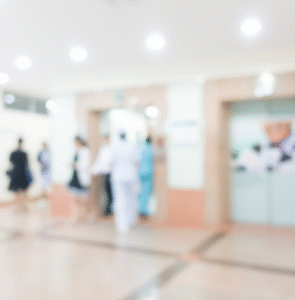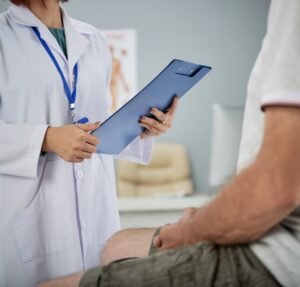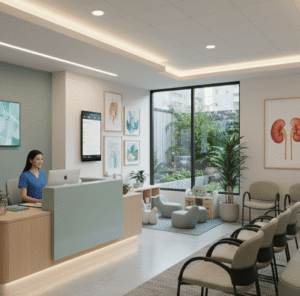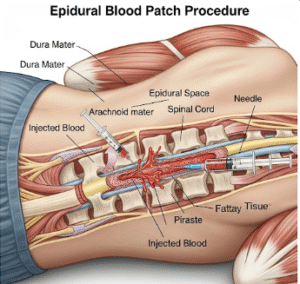Overview
Gas gangrene, also known as clostridial myonecrosis, is a rare but life-threatening bacterial infection that rapidly destroys muscle tissue. It produces gas within tissues and spreads quickly, requiring immediate medical attention. In Korea, timely diagnosis and advanced treatment options help reduce complications and improve survival rates.
What is Gas Gangrene in Korea?
Gas gangrene in Korea is most often caused by Clostridium perfringens or other clostridial bacteria that thrive in low-oxygen environments, such as deep wounds or after surgery. The condition is characterized by severe pain, swelling, and skin discoloration, with gas bubbles forming under the skin. Without urgent treatment, it can lead to sepsis, multi-organ failure, and death.
Symptoms
- Sudden and severe pain at the infection site
- Swelling and pale-to-purple skin discoloration
- Blistering with brown or bloody fluid
- Gas or crackling sensation under the skin (crepitus)
- Fever, rapid heartbeat, and low blood pressure
- Foul-smelling discharge from the wound
Causes
- Deep, contaminated wounds from accidents or injuries
- Surgical wounds with poor blood supply
- Injection drug use with non-sterile equipment
- Untreated open fractures
- Poorly managed diabetic ulcers or peripheral vascular disease wounds
Risk Factors
- Diabetes mellitus
- Peripheral artery disease
- Immunosuppression (e.g., from chemotherapy or organ transplantation)
- Recent trauma or surgery
- Poor wound care or delayed medical treatment
Complications
- Sepsis and septic shock
- Massive tissue destruction and limb loss
- Multi-organ failure
- Death if untreated
Prevention
- Immediate and thorough cleaning of wounds
- Early antibiotic treatment for contaminated injuries
- Proper sterilization during surgery and medical procedures
- Good diabetes and vascular disease management
- Avoiding injection drug use
Treatment Options in Korea
In Korea, gas gangrene is treated as a medical emergency. Treatment typically includes:
- Immediate surgical debridement to remove infected and dead tissue
- High-dose intravenous antibiotics (often penicillin and clindamycin)
- Hyperbaric oxygen therapy (HBOT) in specialized centers to kill bacteria and promote healing
- Supportive care in intensive care units for sepsis and organ support
- Amputation in severe cases to prevent spread of infection
Korean hospitals have advanced surgical facilities, access to HBOT, and infection control protocols that significantly improve patient outcomes for gas gangrene in Korea.













